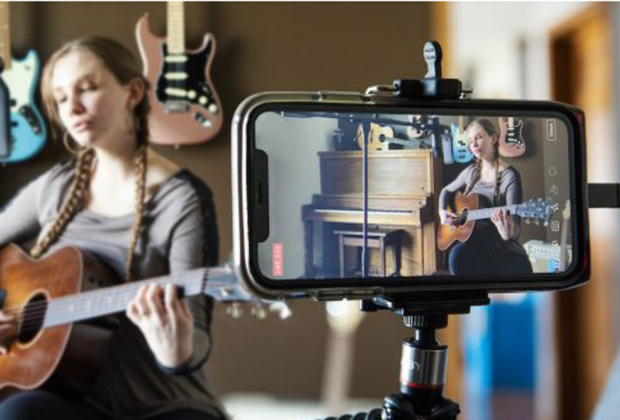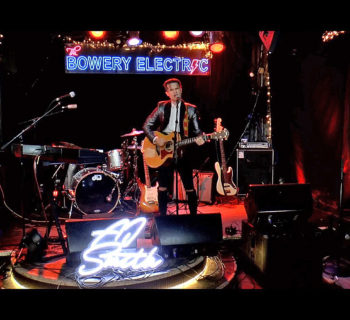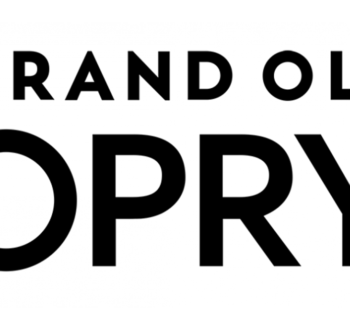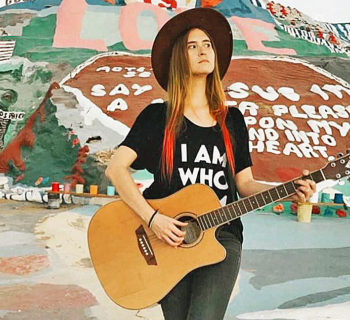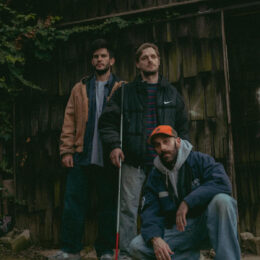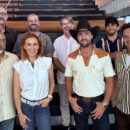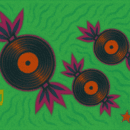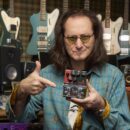In 1973, Led Zeppelin, the Who, and Alice Cooper embarked on respective legendary North American tours. These tours followed Woodstock by just four years and set in motion the most visceral, fist-pumping, fan experiences the world has ever seen. In Michael Walker’s book, What You Want Is In The Limo, Walker (2013) shares that 1973 represented the “apogee for a certain type of rock stardom that had been building” (Walker, 2013). He says that each of these bands helped build something the world has not seen since and probably never will again. “The sixties created an outsize hunger for rock culture but lacked the infrastructure to deliver it.” (Walker, 2013)
The seventies delivered.
Walker (2013) goes on to state that “Subsequent generations of musicians will literally kill themselves trying to emulate the example set in 1973.” Not only is modern rock stardom born, these tours transformed the music landscape and ingrained the power of live music into the fabric of fans everywhere.
Walker (2013) says that Alice Cooper’s Billion Dollar Babies tour influenced everything from Kiss' fire-breathing theatrics, to Marilyn Manson and Slipknot's calculated horror shows, and Lady Gaga's self-conscious role-play. “Every time a Bono gets a stadium full of disaffected youth to shout along to parables about Martin Luther King Jr., he can thank the Who's Quadrophenia tour for demonstrating that rock can deliver a thinking man's agenda and still crank the amps to 11.” (Walker, 2013)
The sounds of venues, amphitheaters, and stadiums have powered our lives by driving culture and bringing society together ever since. That is, of course, until March 2020 when COVID-19 paused the show. Unfortunately, none of us have been able to get our emotional fix through the power of music, and the events industry has been hit harder than ever over the past six months. Each new revelation that forces promoters to change their plans hits the industry hard and simultaneously forces artists to rethink how they engage with fans.
Now, more than ever, fan engagement ought to be topping priority lists for artists, promoters, event organizers and anyone else whose events are affected by the fluctuations and permutations of the pandemic. The problem is that there is no substitute for live music. There is no doubt that music streaming and virtual performances fail to deliver the same level of emotional connection that in-person events provide. Digital opportunities have made it easier than ever to connect “to” people, yet there is no doubt that music streaming and virtual performances fail to deliver the same emotional connection that in-person events provide to connect “with” people.
According to a PwC Global Entertainment and Media Outlook Music Report, a 2018 Live Nation “Global Live Music Fan Study”: “In an increasingly digitized world, we are overloaded with information and are losing opportunities to truly connect––a global trend we define as Sensation Deprivation. Live music is the antidote to this need––it fulfills the desire of genuine human connection. Seventy-one percent of Generations X, Y & Z agree globally: ‘The moments that give me the most life are live experiences.’ By aligning with live experiences, brands have an opportunity to create deep meaning and engagement with their consumers in moments when they feel the most alive and present. These new challenges require the industry to adapt and meet the needs of a dynamic and demanding.”
This fragmentation is an opportunity, not an obstacle. The question is, how can artists be authentic and build relationships, effectively and at scale, when their most valuable asset is on hold?
Artists and record labels are leveraging technology to reach their fans in new and innovative ways. The crisis has also created a longing for “what was” and demonstrated the power of community. People are yearning for the days where they can be in a crowd listening to live music, something we’ve taken for granted. From Italians singing in solidarity on balconies for mass singalongs to fron-porch social distancing performances, the music community has found alternative ways to stay connected.
Until we can all crowd back into a 90 plus degree dusty field in the middle of Tennessee, here are a few key areas of focus for fan engagement for LIVE 2.0.
LIVE-streaming 2.0 – We are now months into the pandemic pivot with almost all of live music being delivered largely via virtual shows and live streams.
In the early days, shows were broadcast for free via artists’ Facebook and Instagram pages, where now many are more interactive, tied to charities, are powered by corporate brands or tech companies.
While the virtual show will never replace the visceral and fist pumping energy of an in-venue experience, fans fatigued by mediocre one-way music delivery need more immersion, and artists need ways to earn more money for themselves and the causes they support. This evolution is necessary and will most likely act as a companion when live music resumes.
On any given night fans can now tune into events ranging from “One Wave,” an immersive series with artists such as John Legend, to events staged within online gaming platforms with Travis Scott. Consumers expect more!
When thinking about these events, artists and brands must create engagement opportunities that transform fans into participants. The digital environment allows artists to provide experiences digitally (at scale) that they would not be able to offer in person.
Whether it’s a unique two-way conversation between fans, allowing them to chat like never before with each other, or unprecedented access with one-on-one meet & greets through Looped, artists now have the ability to go deeper with fans. They also have the responsibility to make good on promises, shout outs, giveaways and other engagements, especially when fans are paying the big bucks for these experiences.
The virtual environment is wide open for artists, managers and promoters to think out of the box. Performers, and brands, can also optimize a variety of fan connections, as long as they are authentic for consumers and fans.
You can’t help but wonder what would have happened if Alice Cooper, The Who, and Led Zeppelin were forced to take their 1973 tours digital. Regardless, this generation of artists and technology is here to stay.
Just remember, that more paint and more canvas don’t make more Picasso’s. Tomorrow’s Led Zeppelin, Jay-Z, and Lady Gaga are not going to be silenced by COVID or all the digital noise.
JEREMY HOLLEY is the Co-Founder of FlyteVu, an award-winning entertainment marketing agency based in Nashville. See flytevu.com.

